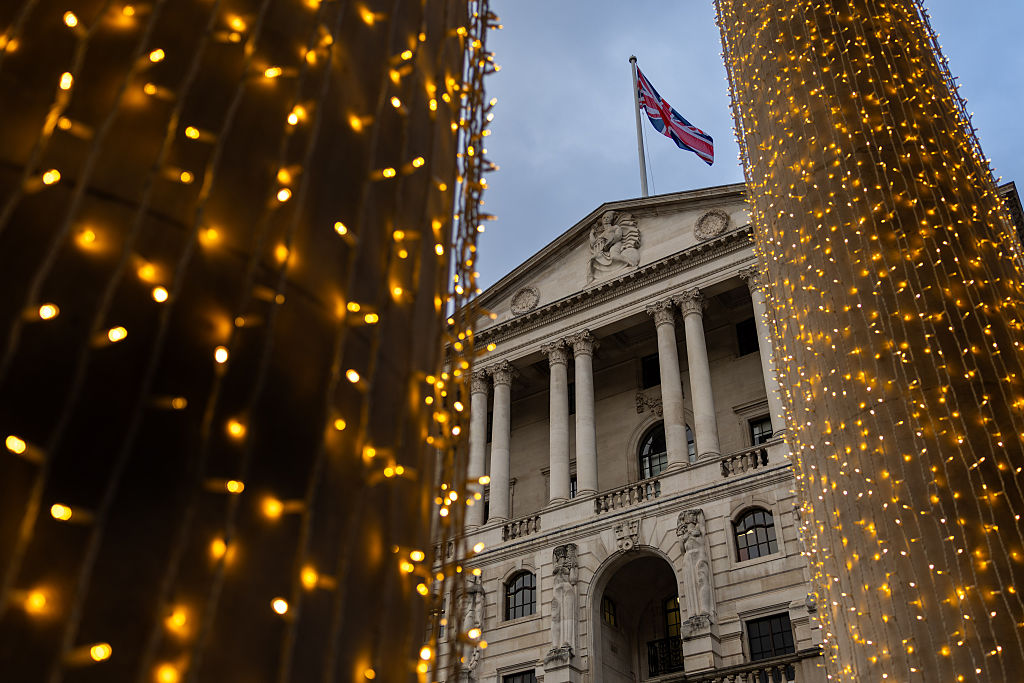Central banks diverge
Monetary policy in the world’s two biggest economies looks set to go their separate ways.

For the past seven years, the central banks of the world's big economies have been moving in the same direction, slashing interest rates and printing money in an attempt to soften the impact of the credit crunch and revive growth.
But now, monetary policy in the world's two biggest economies looks set to diverge. In the recovering US, as Federal Reserve chair Janet Yellen noted last week, the question is, when will interest rates rise?
But in the weakening eurozone, rates look set to stay at near-zero for several more years. The question there is when European Central Bank (ECB) boss Mario Draghi will have to begin quantitative easing (QE), ie, buying bonds with printed money.
MoneyWeek
Subscribe to MoneyWeek today and get your first six magazine issues absolutely FREE

Sign up to Money Morning
Don't miss the latest investment and personal finances news, market analysis, plus money-saving tips with our free twice-daily newsletter
Don't miss the latest investment and personal finances news, market analysis, plus money-saving tips with our free twice-daily newsletter
Growth in the region has stalled, confidence is rattled, and "Russian sanctions threaten to jam the eurozone's economic engine Germany", saysPhilip Aldrick in The Times. What's more, inflation is sliding rapidly, and is now at its lowest level since the height of the global crisis in 2009.
More worryingly for the ECB, inflation expectations for the next five years have also tumbled. That's bad news, says The Economist, because "once entrenched, such expectations are hard to dislodge".
Deflation raises the real value of debt, which frightens businesses, households and companies into cutting back expenditure as their borrowings get harder to manage. This raises thespectre of a long Japan-style slump.
Last week, at the central bankers' annual get-together in Jackson Hole, in the US, Draghi acknowledged for the first time that inflation expectations had slipped and said the ECB was ready to use "all available instruments" to achieve stable prices, suggesting he is preparing for QE.
But it could be some time before Draghi pulls the trigger, as Capital Economics points out. The ECB recently announced a fresh package of cheap loans for banks, which begins in September, and it will want to see if this can boost borrowing and growth. QE will also be politically contentious, as Germany, due to its hyperinflationary history, is opposed to it.
So don't expect eurozone QE before the turn of the year. In the US, by contrast, wage growth is about to pick up, meaning the Fed will have to move sooner than expected to contain inflation the first hike could come in March, reckons Capital Economics.
Get the latest financial news, insights and expert analysis from our award-winning MoneyWeek team, to help you understand what really matters when it comes to your finances.

-
 What are my retirement income options?
What are my retirement income options?We’re all told to save into a pension, but there’s widespread confusion about how to take an income from our savings and investments at retirement, a new study has found. We look at your retirement income options.
-
 UK interest rates: Bank of England lowers rates to 3.75%
UK interest rates: Bank of England lowers rates to 3.75%The Bank of England’s Monetary Policy Committee (MPC) has cut interest rates from 4% to 3.75%